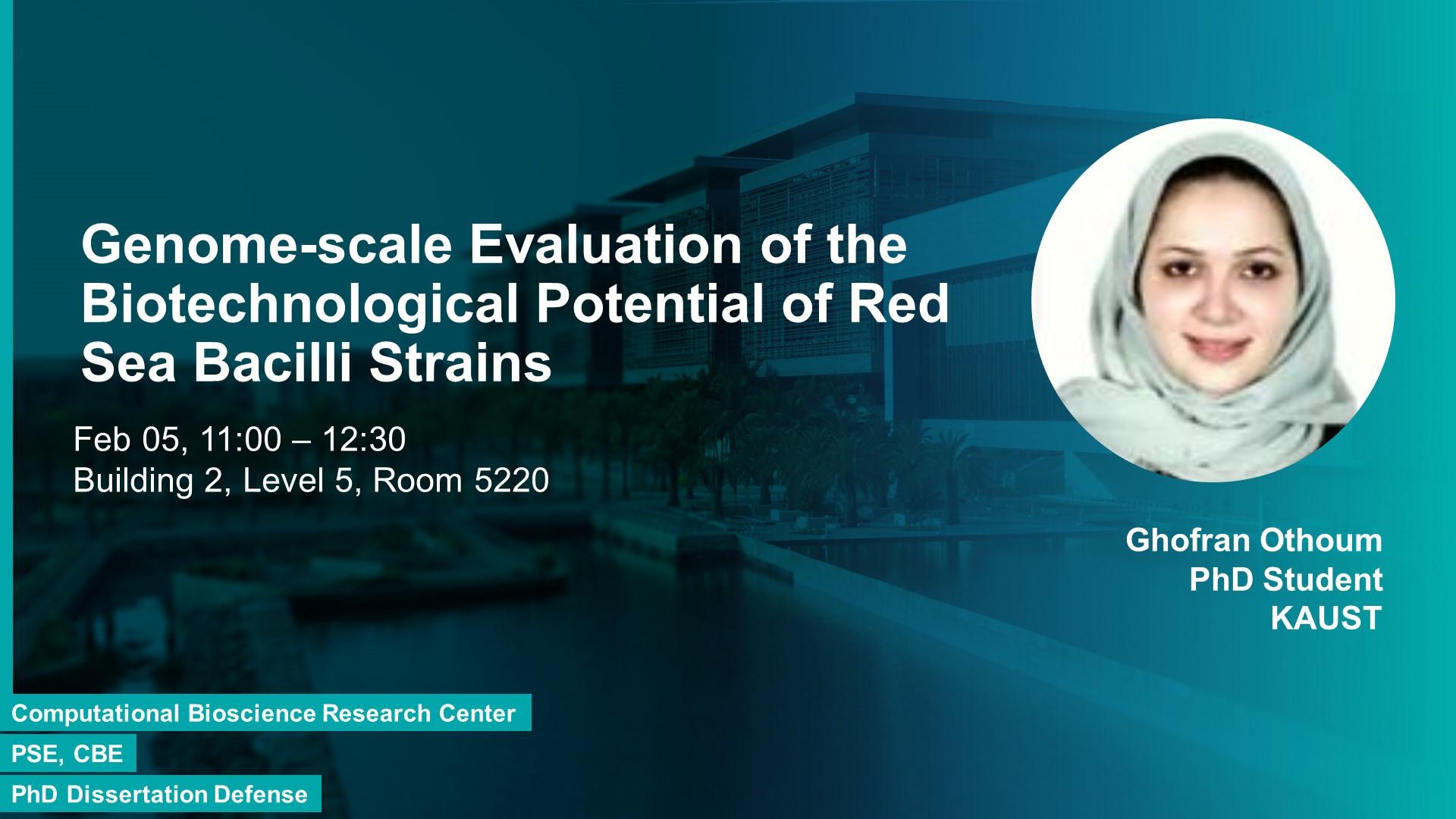Abstract
The increasing spectrum of multidrug-resistant bacteria causes a major global public health concern, necessitating the discovery of novel antimicrobial agents. Additionally, recent advancements in the use of microbial cells for scalable production of industrial enzymes encourage screening new environments for efficient microbial cell factories. The unique ecological niche of the Red Sea points at the promising metabolic and biosynthetic potential of its microbial system. Here, ten sequenced Bacilli strains, that are isolated from the microbial mat and mangrove mud samples from the Red Sea, were evaluated for their use as platforms for protein production and biosynthesis of bioactive compounds. Two of the species (Bac48 and Bac94) were found to secrete twice as much protein as Bacillus subtilis 168 and Bac94 possessed complete Tat and Sec protein secretion systems. Additionally, four Red Species (Bac48, Bac330, Bac111, Bac57) showed capabilities for genetic transformation and possessed competence genes. Clustering reactions in reconstructed metabolic networks of 32 Bacilli, including the ten Red Sea species, revealed that three metabolic clades -two of which have the Red Sea strains Bac44, Bac94 and Bac144- do not correspond to the phylogenetic tree, a sign of convergent evolution of the metabolism of these species in response to special environmental adaptation. More specifically, the distinctive biosynthetic potential encoded in the genomes of B. paralicheniformis Bac48 and Bac84 was assessed and compared to nine publically available complete genomes of B. licheniformis and three complete genomes of B. paralicheniformis. The comparison revealed that B. paralicheniformis strains are more enriched in nonribosomally synthesized peptides (NRPs) than B. licheniformis. Additionally, a uniquely-structured trans-acyltransferase (trans-AT) polyketide synthase/nonribosomal peptide synthetase (PKS/NRPS) cluster in strains of this species was identified in the genome of B. paralicheniformis 48. In total, the two B. paralicheniformis Red Sea strains were found to be more enriched in modular clusters compared to B. licheniformis strains and B. paralicheniformis strains from other environments. These findings provided more insights into the potential of B. paralicheniformis 48 as a microbial cell factory and encouraged a further focus on the strains metabolism at the system level. Accordingly, a metabolic model (iPARA1056) was reconstructed, refined, and validated using growth rate and growth phenotypes under different substrates generated using high-throughput Phenotype Microarray technology. The presented studies of this research indicate that several of the isolated strains represent promising chassis for the development of cell factories for enzyme production and also point to the richness of their genomes with specific modules of secondary metabolism that have likely evolved in Red Sea Bacilli due to environmental adaptation.
* Light lunch will be available
